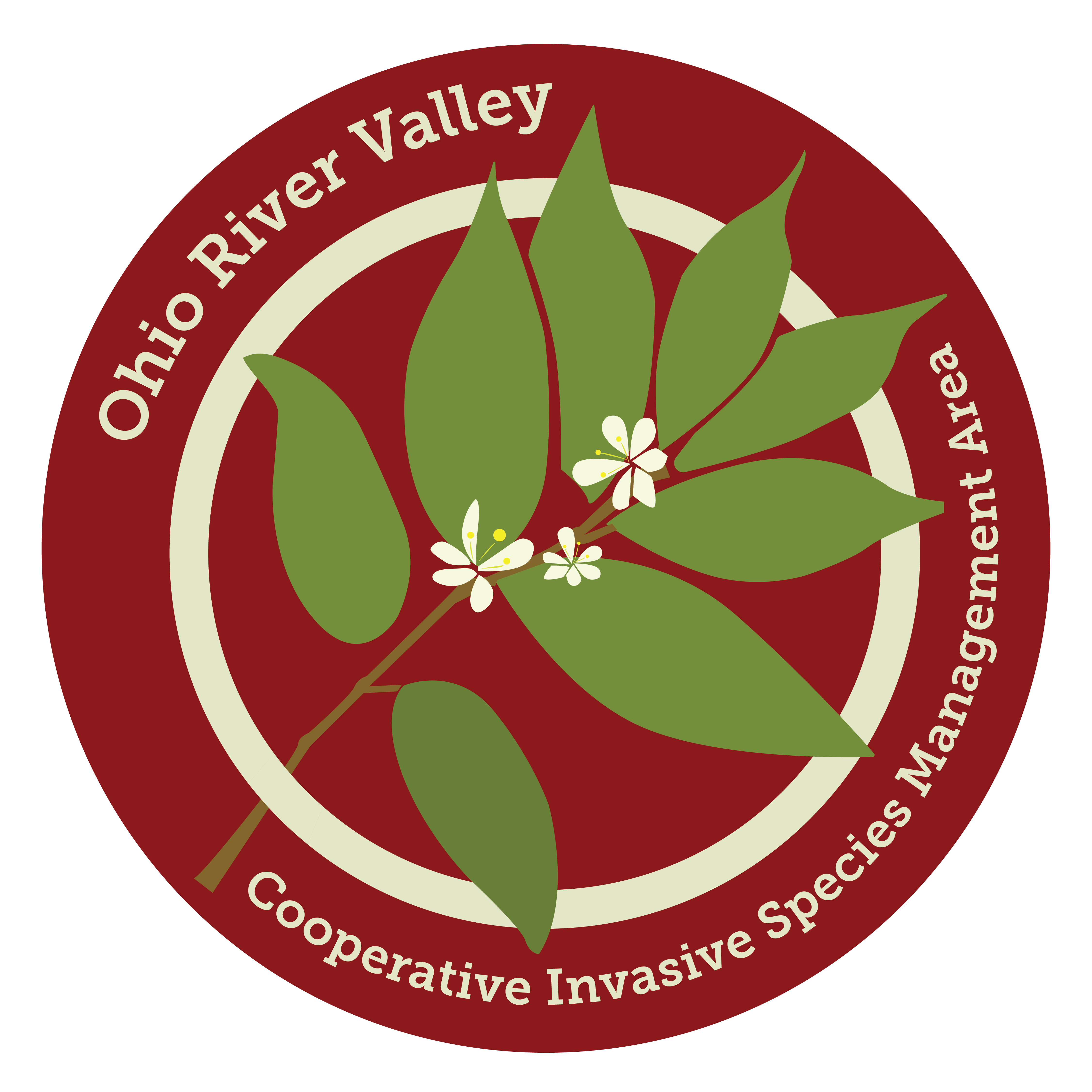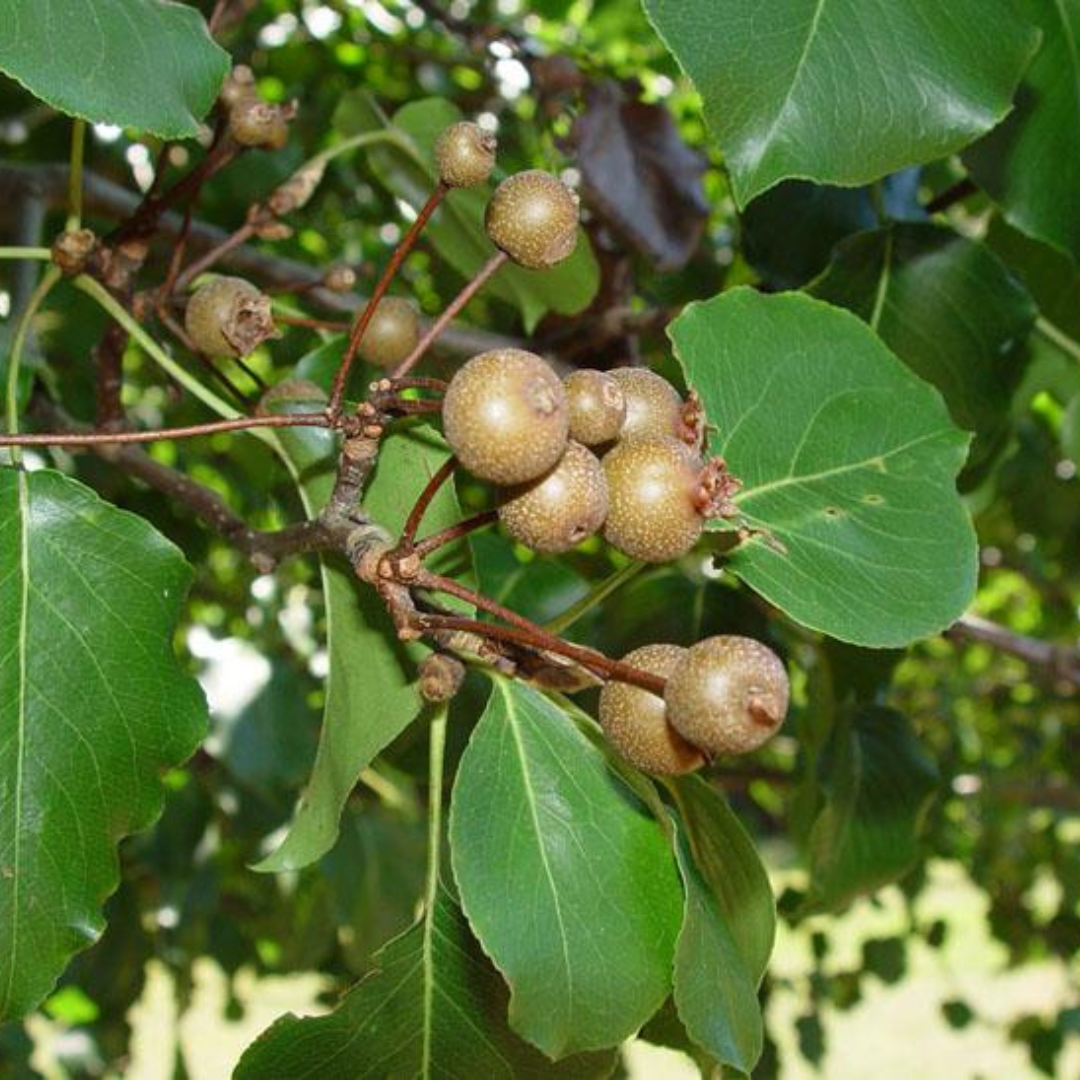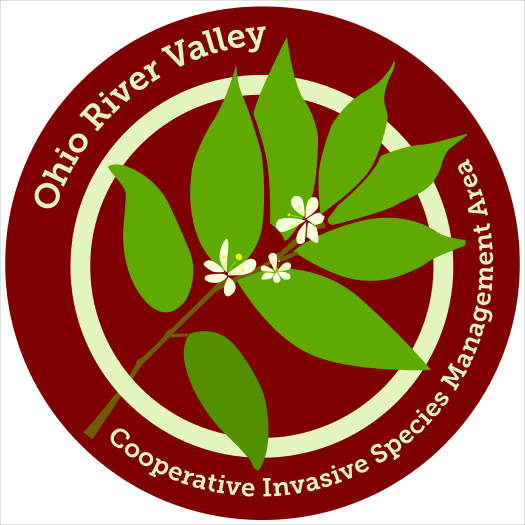The Ohio River Valley Cooperative Invasive Species Management Area (ORV CISMA) is encouraging property owners to join the offensive against a harmful environmental threat – invasive plant species.
ORV CISMA has launched a new tool on its website to allow Tri-state property owners to log the invasive plant species they have removed. The tracking tool allows individuals, agencies, property managers, etc., to easily enter the species and number of plants, trees, and/or shrubs removed, along with their general geographic area. The tracker is designed for everyone including public, private, commercial, and industrial property owners to track and submit their efforts.
Invasive plants are expanding across our landscapes faster than people can stop them, so a coordinated approach offers the best chance of managing their spread. Along with ORV CISMA partner organizations and other environmental agencies, individuals and commercial property managers play an instrumental role in this process. Because most land in our region is privately owned, individual property owners and managers can make a major impact in eradicating invasive species.
“We hope this tool will serve as a resource to empower people in the Tri-state to identify and remove the invasives on their properties and in their neighborhoods as well as illustrate the collective impact individuals can have to help maintain healthier local ecosystems throughout the Ohio River Valley,” said Ohio River Foundation Restoration Program Manager and ORV CISMA Coordinator Jessica Tegge.
ORV CISMA is encouraging individuals, local companies, neighborhood groups, landowners, farmers, students, scouting groups, volunteers – anyone looking for a way to help the environment and combat climate change – to use the tool to report their efforts.
“We need to aggressively combat the spread of these harmful invasive plants. That’s why the team has set an ambitious goal of removing one million invasive plants over the next 12 months. Awareness is a key part of this initiative. We hope this tool will inspire people to identify and safely remove invasives, plant more native plant species, and work towards maintaining more biodiversity on their properties.”
The effects of non-native invasive plant proliferation can be far reaching and severe. When Invasives are allowed to spread unchecked, they can cause serious harm not only to our environment, but also to our economy and health. Non-native invasive plants compete with and often crowd out native ones, leading to decreased biodiversity, poorer habitats for wildlife (including the pollinators that help our food supply), and lower water quality, among many other issues.
Honeysuckle and Callery Pear are extremely pervasive in this area and have caused a lot of negative environmental issues. Other examples of invasive plants in the Ohio River Valley include Autumn Olive, Lesser Celandine, and Wintercreeper.
When harmful invasives are removed and replaced with native plants, the resulting increased biodiversity allows ecosystems to thrive and become more resilient to a changing climate.
To learn more and track your invasive removal efforts, visit https://orvcisma.org/invasive-species-form/.
The ORV CISMA website also includes resources to help property owners who wish to remove non-native invasives and install native plant species.
About ORV CISMA
ORV CISMA is a coalition of nonprofits, agencies, and businesses working to share information and resources to control and remove invasive species in a 22-county area in the Ohio River Valley. Ohio River Foundation (ORF) coordinates the activities of ORV CISMA and originated the project in 2016.
ORV CISMA member organizations include Boone, Campbell and Kenton County Conservation Districts, Boone National Forest, Natorp’s Nursery, Great Parks of Hamilton County, Cincinnati Parks, Clermont County Park District, Ohio Department of Agriculture, Ohio Invasive Plant Council, Little Miami Conservancy, Oxbow Inc., Kentucky Nature Preserves Commission, and Cincinnati Nature Center.
Of the 22 counties covered by the CISMA, nine are in Ohio (Adams, Brown, Butler, Clermont, Hamilton, Highland, Montgomery, Scioto, and Warren); seven in Kentucky (Boone, Bracken, Campbell, Gallatin, Grant, Kenton, and Pendleton); and six in Indiana (Franklin, Dearborn, Ohio, Ripley, Jefferson, and Switzerland).
For more information, visit the ORV CISMA website at https://orvcisma.org/.
About Ohio River Foundation
Ohio River Foundation (ORF) is dedicated to protecting and improving the water quality and ecology of the Ohio River and all waters in its 14-state watershed. ORF works towards these goals through environmental education and conservation activities that serve to inspire environmental stewardship and bolster climate change resiliency for native species, habitats, and communities. For more information, visit www.ohioriverfdn.org.


